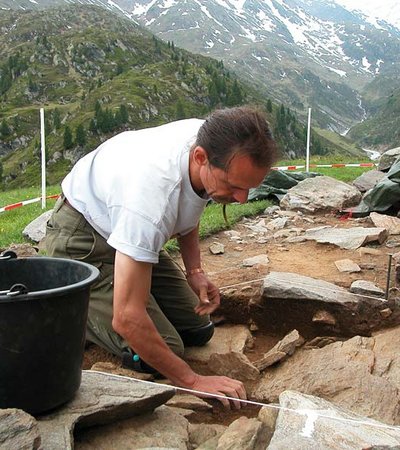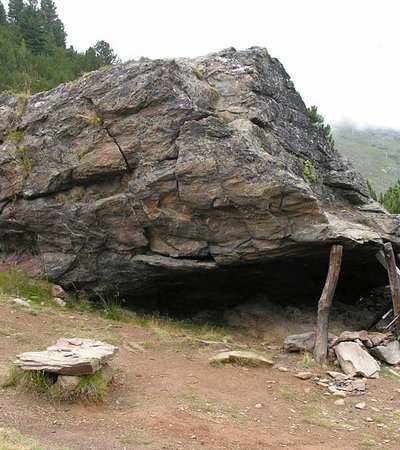Since 1991 with the discovery of the legendary iceman, “Ötzi,” the transregional importance in terms of its cultural-historical value has become increasingly evident. Recent archeological investigations at Beilstein near Obergurgl have proven the arrival of humans right after the last ice age more than 9,500 years ago.
History of human settlement – a short chronology For many years, the inner alpine region had been lacking evidence of ancient human settlement and hence was considered as uninhabited. Only since the discovery of Ötzi has archeological research taken off. Since then, multiple prehistoric discoveries were made in the Ötz valley.
From the findings, we know now that humans arrived at the end of the last ice age in the inner Ötz valley coming from the South. To better understand the history of human settlement in the inner Ötz valley, a list of scientifically proven data is given below.

Hohler Stein

Beilstein

Jägerlager











